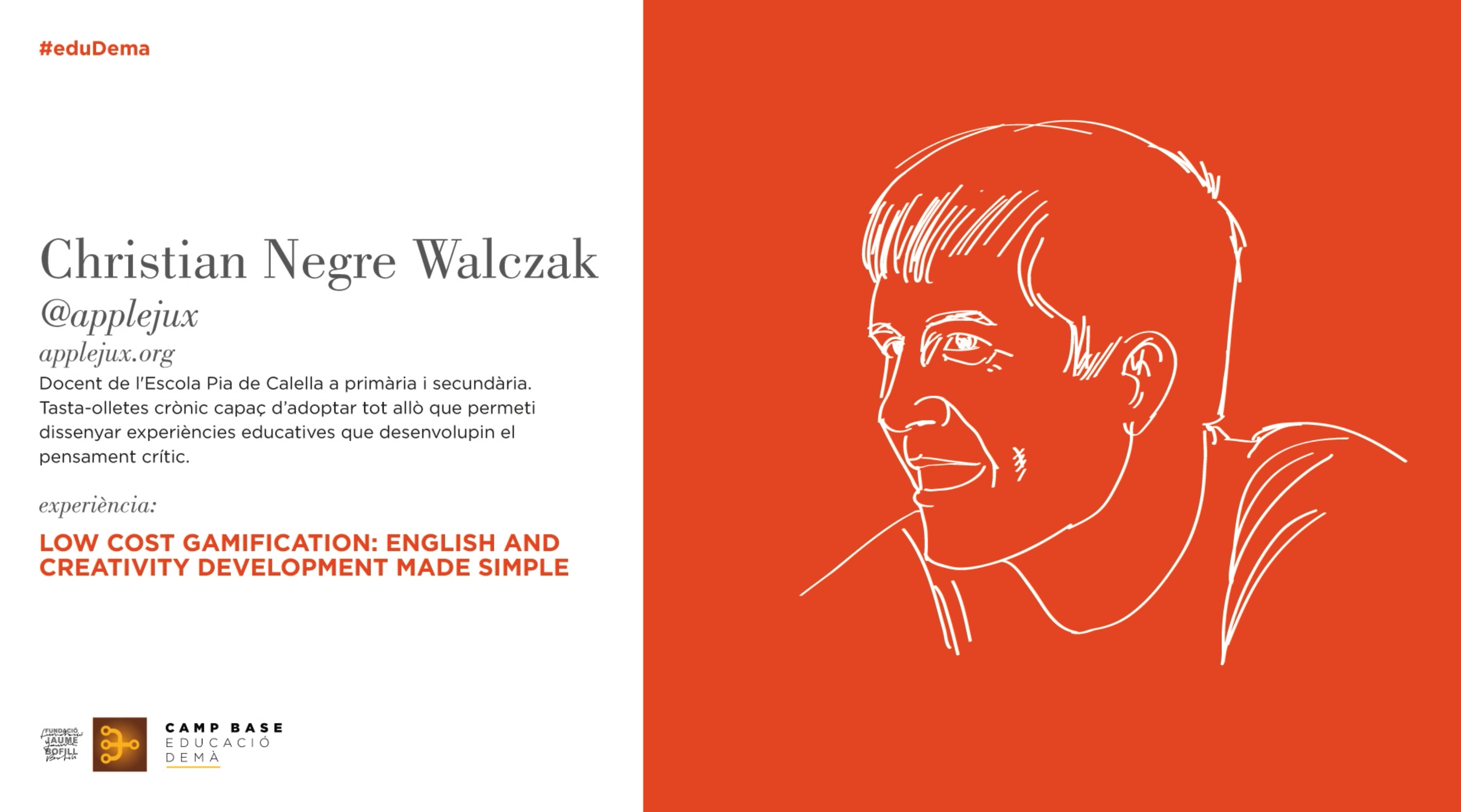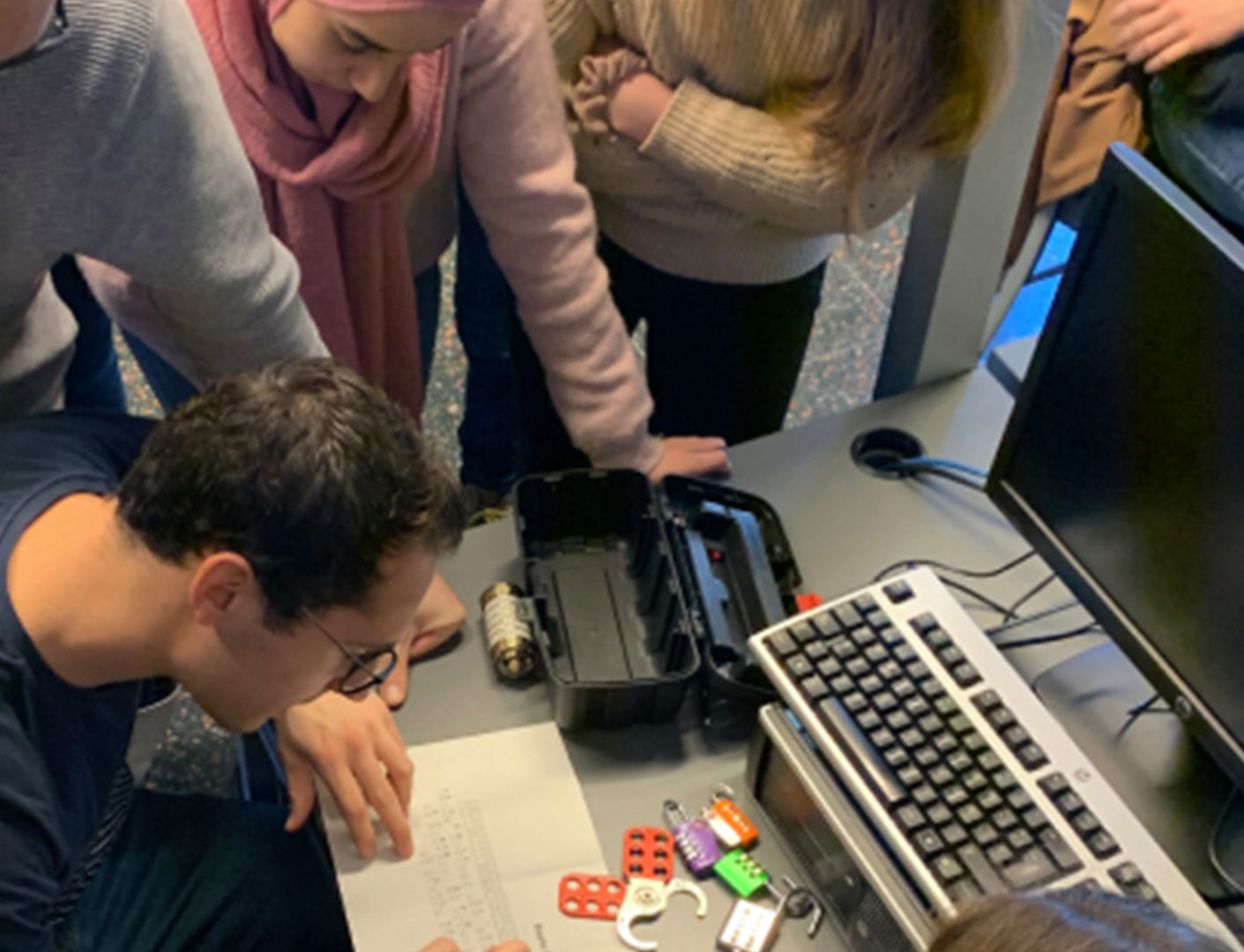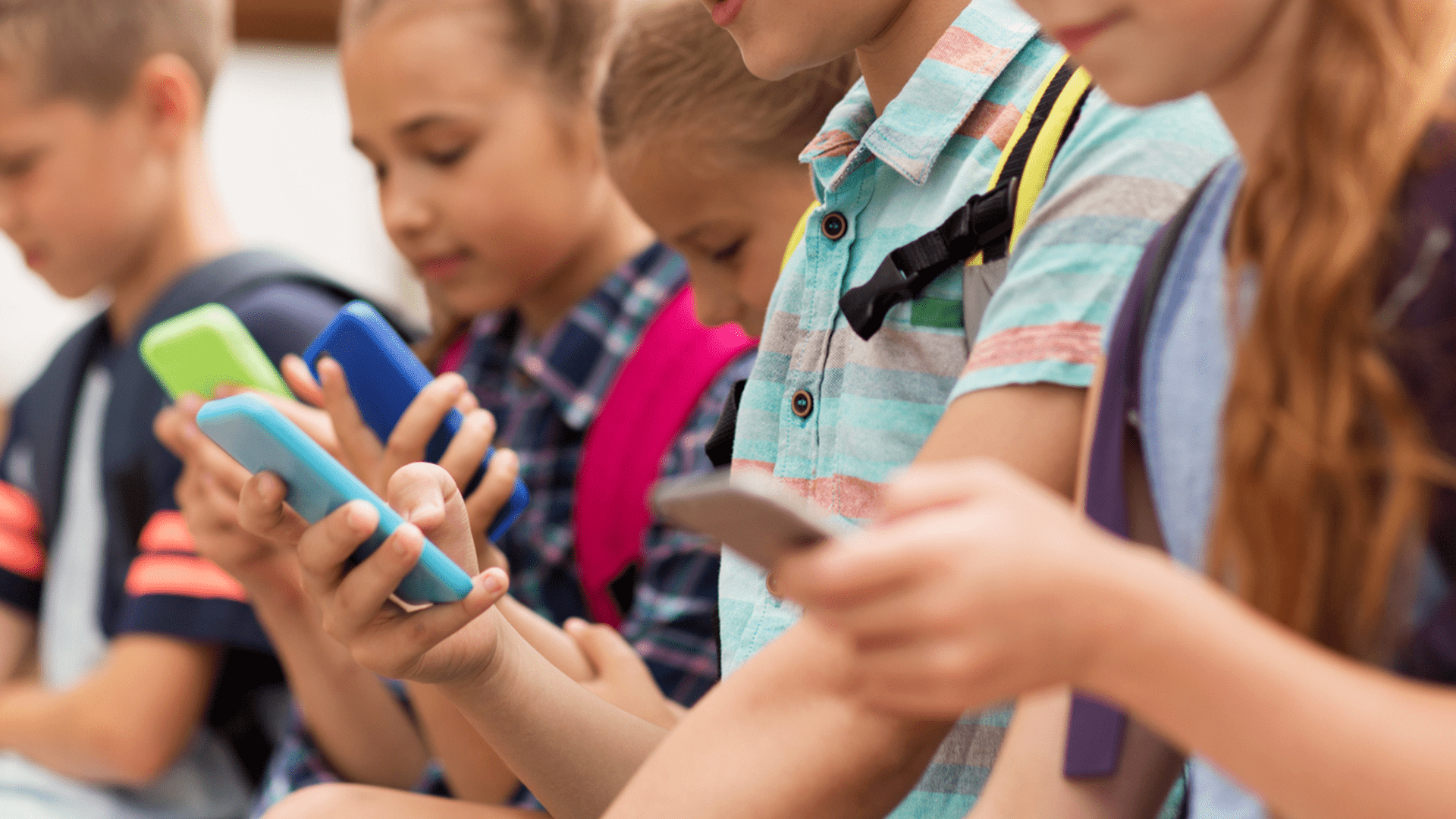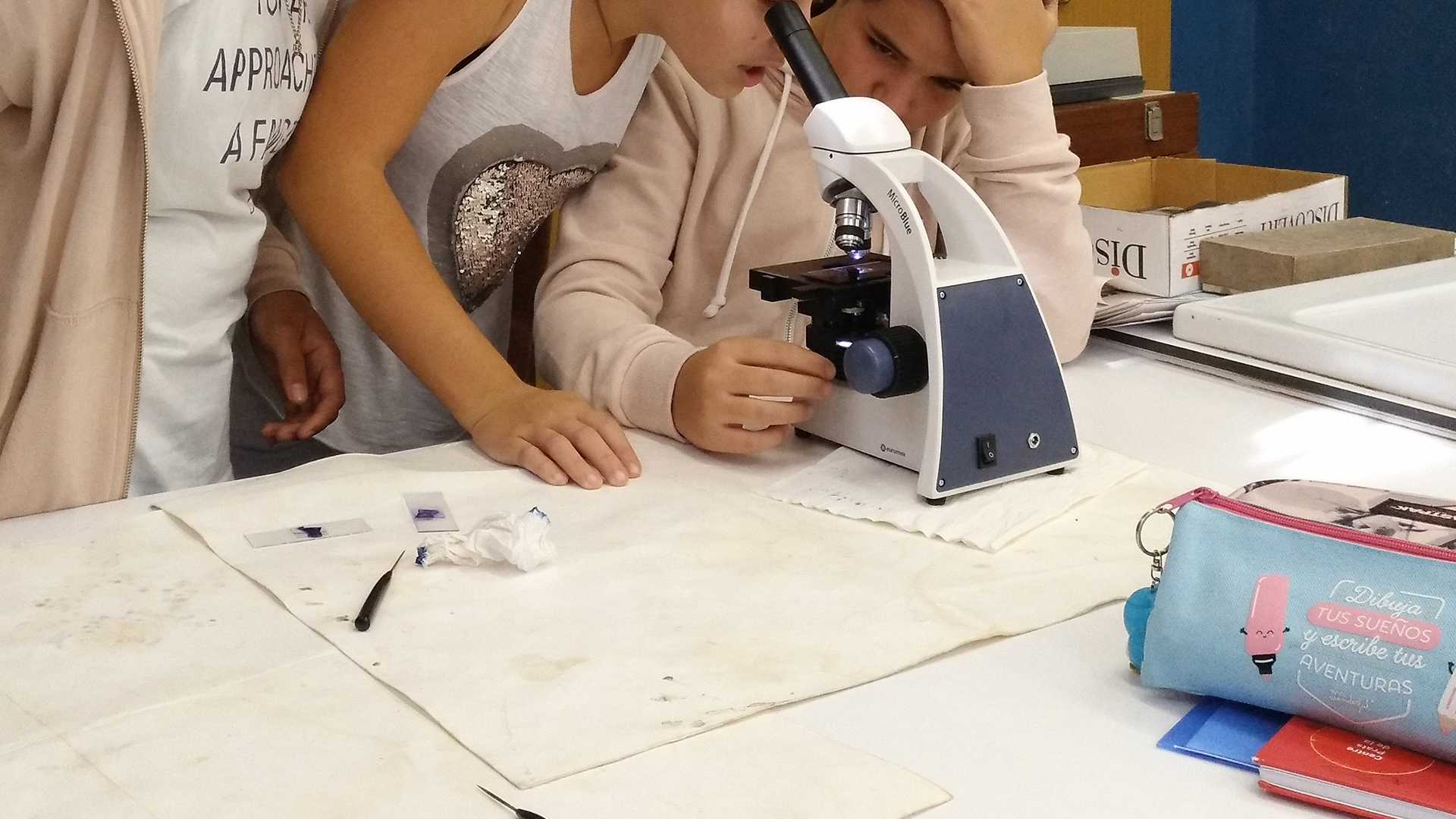Game based learning
Classroom Experience
Opposites Memory Game Championship
Calella, Barcelona, Spain Show map
If you are a teacher, it is very likely that you have used a card match game with your students. A memory game is a common resource. Now, can we go a step further? Can we maximize the teaching and learning experience?
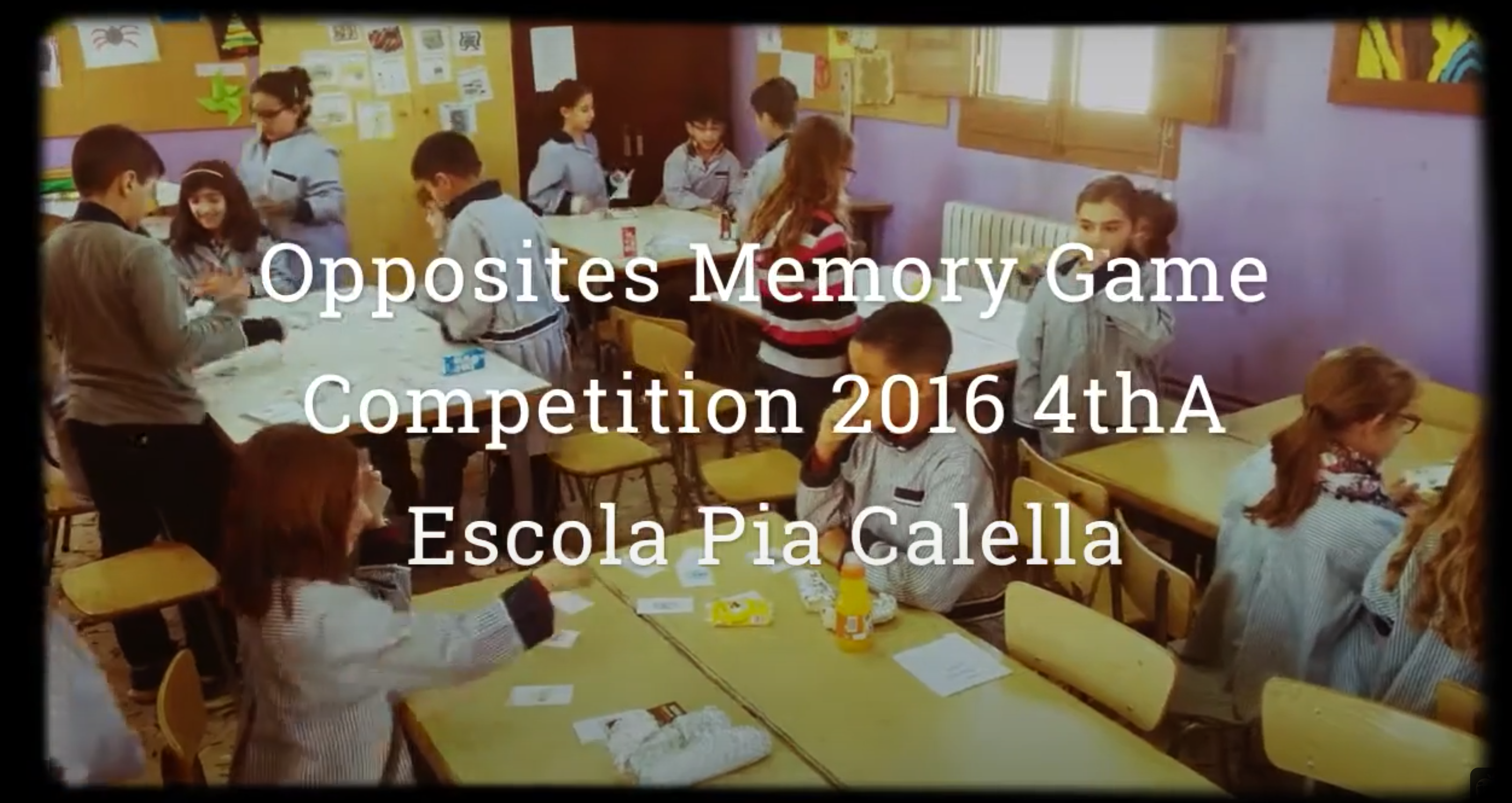

Context
This experience has been going for several years with 8-12-year-old students in a CLIL (Content and Language Integrated Learning) course of Arts education in English. In the first sessions, students are given vocabulary on materials, techniques, and specific expressions related to the projects and activities that will be developed in the course. This is cumulative vocabulary and it is distributed over time.
Highlights...
This experience is one of the educational proposals of the Arts course (Arts in English in primary education) that has been carried out at this school since 2007-08.
Keep in mind that students should be able to do the activities in a totally autonomous way.
Also, keep in mind the creative component of activities open to experimentation.
The fact that a pretty high percentage of work is done by students and that only some of the activities are slightly guided may result in results that are not aesthetically very nice but are faithful to the students’ reality.
The contents of The Official Curriculum as well as the Methodological Style at Pías Schools in Catalonia go beyond the reproduction of aesthetically indulgent models, they aim at students’ creative autonomy and at providing them with a self-sufficient critical language.
None of this is possible without an education on arts seeking productive independence. What kind of values are passed on to students when the teachers are the ones who do all the work?
In spite of their mistakes, students have to learn to value their work and stick to the positive part, in this way they will get self-confidence and assurance to dare to explore the artistic language.
Objectives
Didactic sequence
1

What do the students know?
Teacher asks students if they know the meaning of "opposite words". Students propose examples as the teacher writes them on the board. The teahcer adds new words according to the students' interests. See the 5 Tips for a variation on this dynamics.

2
![]()
Word choice
Students are asked to choose 4, 6 or 8 pairs of opposite words to create their personal card game. The teachers should emphasize the diversity of the choice and the importance of selecting words that aren't so typical.
3

Card design and drawing
While students try to draw the concepts representing the chosen opposite words, the teacher gives them blank cards for the final versions. Each card will have the word legibly written and the drawing. To avoid losing the cards, students can make an envelope with a sheet of paper.

4

First games
As students finish the design of their cards, they are invited to play with other classmates who have also finished. They sit together, shuffle their cards and lay them randomly to play a game. They can decide who begins the game by playing rock paper scissors. Taking turns, each player turns over the card to find opposite words. They can keep on playing as long as they find the correct words. The game ends when there are no more cards on the table. The player with more pairs of cards is the winner.

5
![]()
Competition and reflection
In the third session a competition is organized. Each player uses their own cards and should have played before to learn the game's mechanics. The classroom board becomes the competition scoring board. As they win games, students approach the board and tell the teacher: "I'm the winner!". The teacher checks the result and records the scores. Next, each player looks for a new available partner with the same score to start a new game. The competition lasts 30 minutes. The session finishes with a reflection in small groups of 4 students, applying the cooperative structure: "1, 2, 4". First, individually, each student takes a couple of minutes to think about the following questions: if you were to play another competition, would you choose the same opposite words? Do you think luck is important in this game?
Assessment and conclusions
Successes
I don't usually repeat the activities that don't work.
Game sessions help to consolidate specific course vocabulary.
I've been repeating this simple experience that combines GBL (game-based learning) and gamification for almost 10 years.

Take this experience to your classroom!
Tips to adapt the experience to your classroom
1
Before
Writing on the board, you can ask students to take some minutes to note down all the opposite words they remember. Then, randomly ask them to share the words and write them on the board. Value and congratulate those who contributed with new words.
2
English
What if they don´t know the words in English? They can use their first language. It is a good opportunity to discover new vocabulary.
3
Create game cards
At your local stationery you can get packs of poster paper to make the cards.
4
Recycle
Many textbooks have printed posters that can be used to make the new cards. Better to reuse rather than recycle.
5
It is important
To ask students to read and repeat the words aloud when they are playing. It can be set as a necessary rule to validate the pairs.
Resources and materials
Pedagogical links


